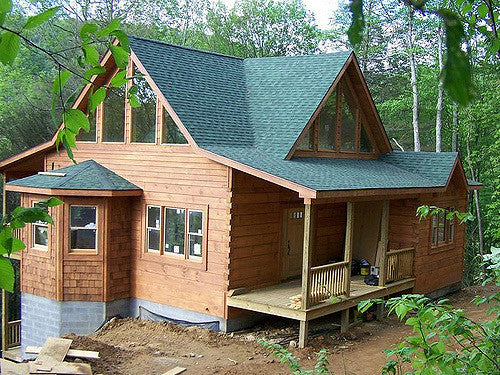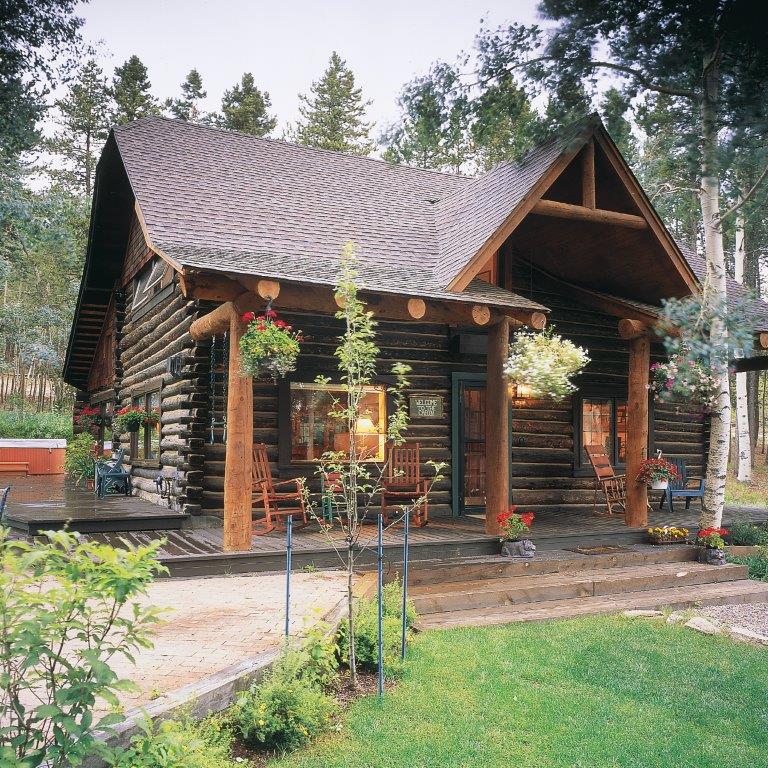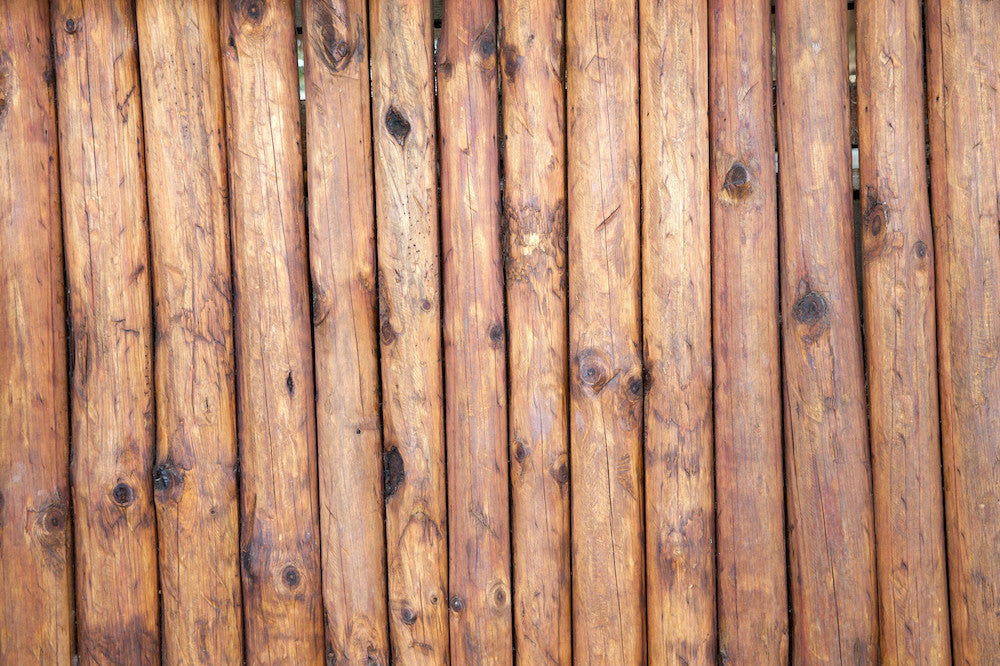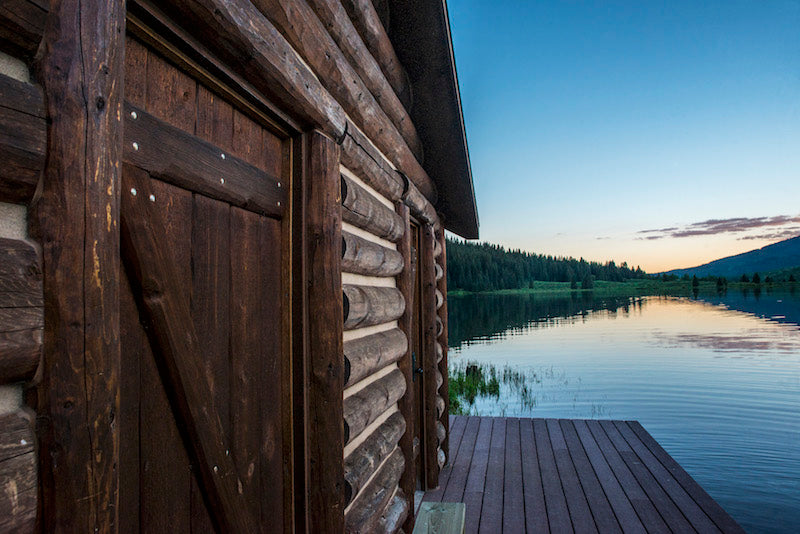How to Evaluate a Potential Log Home Purchase

While most home buyers know to look for signs of damage when evaluating a potential purchase, the specific signs of a problem in a log home are unknown to many first-time buyers. This is unfortunate, as there are several pitfalls unique to this class of home that can swallow your time and money. Here is a list of the most common things to look for.
Chinking Damage
Chinking is the substance placed between individual logs to better seal a home against pests and the elements. In the old days, a log home's chinking was mostly made up of whatever unrefined natural materials were available at hand. Clay and mud were the most common choices.
Modern log homes use compounds that move with the wood as it breathes, ensuring that the home is sealed as well as possible against the weather. If the chinking on a home is chipped and broken, that means insulation is also a serious issue. Moreover, it is a sign of poor home care in general, tipping you off to look closely at other areas of the house.
Insects
Humans aren't the only ones who like wooden homes. Many varieties of insect love them, too, happily eating away at your precious investment and leaving you with a stack of repair bills. One particular plague for wooden homes is the carpenter bee.
Although most people think of bees as building nests in trees, carpenter bees instead build nests by burrowing into dead wood. This can lead to unpleasant surprises if they decide to tunnel into your home. Insect infestations are expensive to treat, and buying a home already troubled by buggy friends is not the best plan.
Rot
Wood left out in the rain doesn't do well. Over time, the water weakens and destroys the material. The wood used in modern log homes is treated with chemicals to fend off water, but no sealant method is perfect.
Rotted wood planks need replacing, and that means a high material cost, in addition to the cost of labor required to do the work if you are not able to do it yourself. While some rotting will inevitably happen over time, too much rotting at the time of purchase means a high repair bill in the near future.
Mold
When you have a home in a wooded environment, where most wooden homes can be found, you can come under siege by molds and fungi. Several types of mold love dead wood, and keeping them under control is an important part of keeping up the house. Again, it is all but certain that during your ownership, you'll have to fend off some mold colonies; buying a home already infested only adds more cost and effort to an already big buy.
Log homes have a rustic appeal that speaks to the heart of America, but they are also a lot of work. Be sure to look out for these signs of damage before you purchase a potentially pricey log home cabin.
Image via Flickr by jarkkojaho





